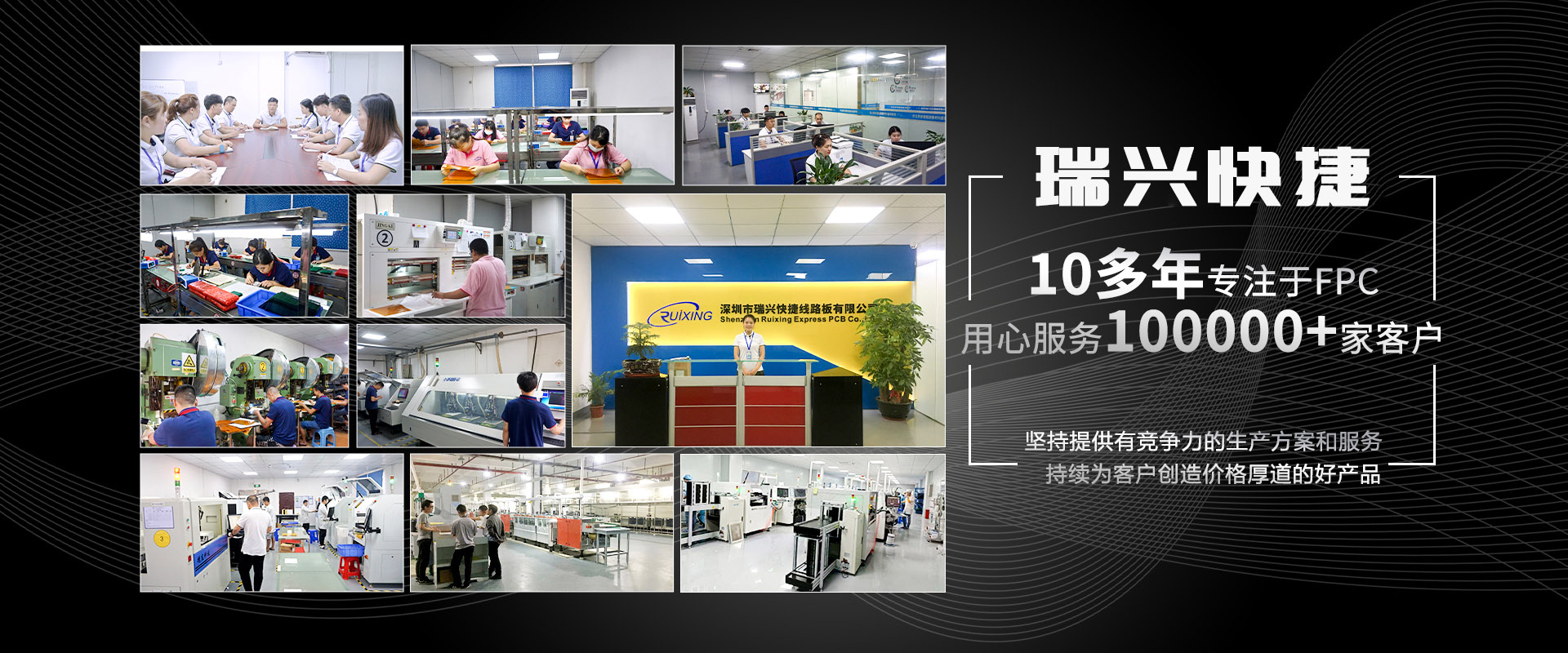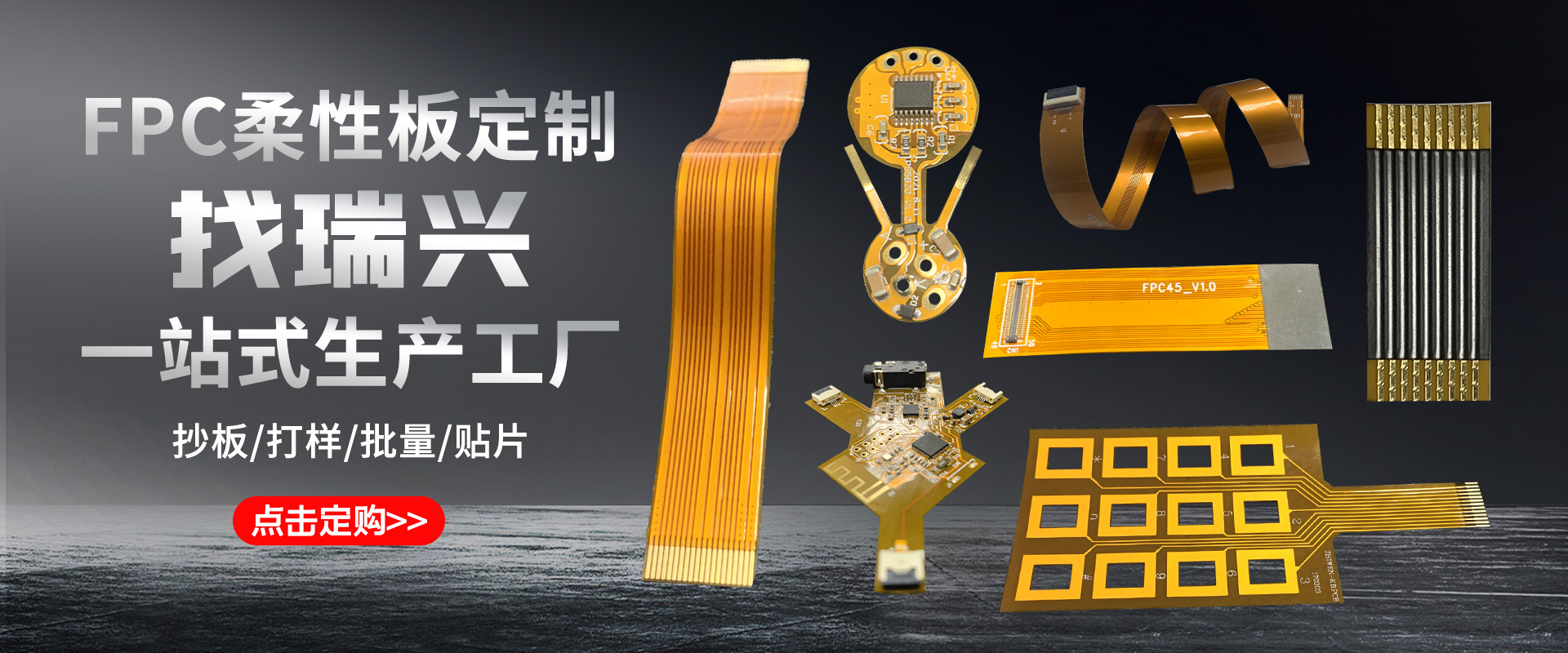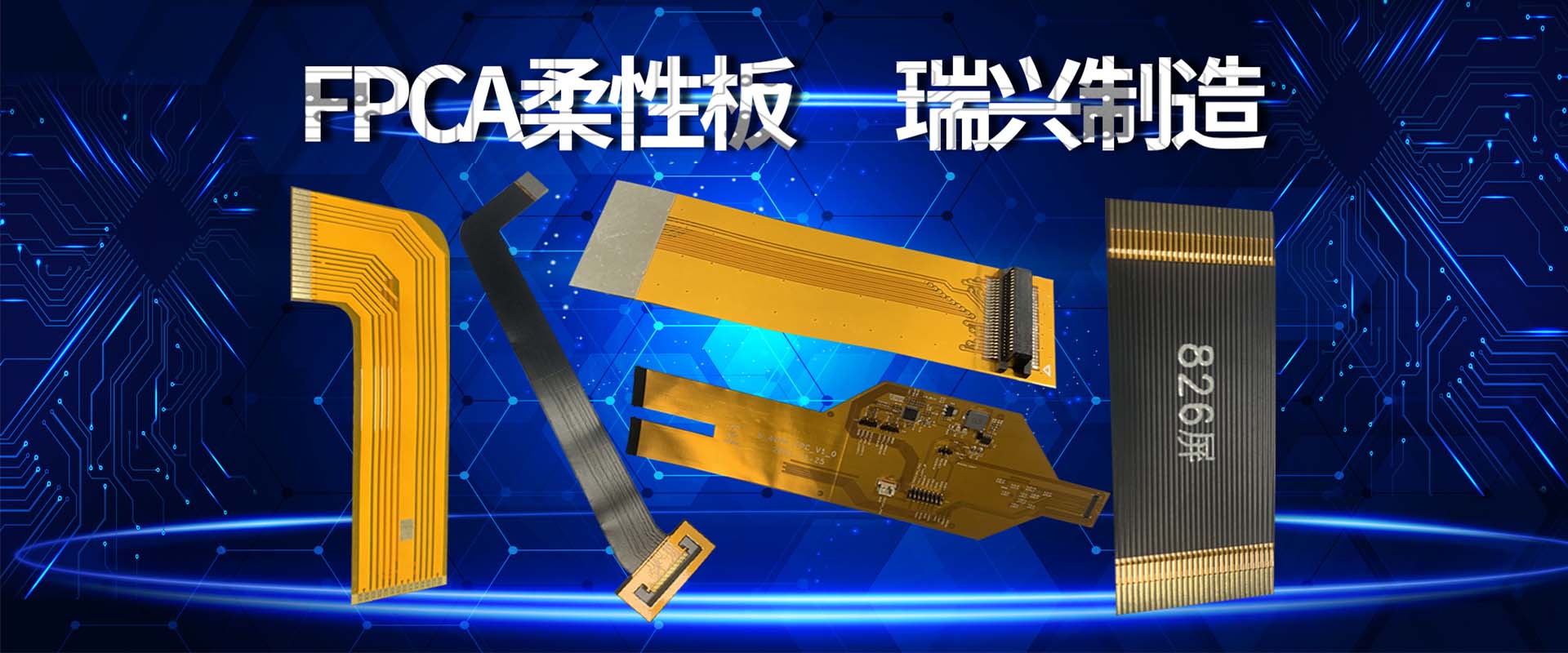
Analysis of Basic Knowledge of Flexible Circuit Board
Flexible Printed Circuit (FPC) is a highly reliable and excellent flexible printed circuit board made of polyimide or polyester film. It has the characteristics of high wiring density, light weight, thin thickness and good bending performance.
Flexible Printed Circuit (FPC), also known as flexible circuit board or flexible circuit board, is highly favored for its excellent characteristics such as light weight, thin thickness, and free bending and folding. However, the quality inspection of FPC in China mainly relies on manual visual inspection, which is costly and inefficient. With the rapid development of the electronic industry, circuit board design is becoming more and more high-precision and high-density. Traditional manual inspection methods can no longer meet production needs, and FPC defect automation detection has become an inevitable trend in industrial development.
Flexible circuit (FPC) is a technology developed in the 1970s for the development of space rocket technology in the United States. It is a highly reliable, highly flexible printed circuit made of polyester film or polyimide as the substrate. By embedding circuit design on flexible thin plastic sheets, a large number of precision components are embedded in narrow and limited spaces, thus forming flexible circuits. This type of circuit can be bent and folded at will, with light weight, small size, good heat dissipation, and convenient installation, breaking through traditional interconnection technology. In the structure of flexible circuits, the materials composed are insulating films, conductors, and adhesives.
Composition materials
1. Insulating film
The insulation film forms the foundation layer of the circuit, and the adhesive bonds the copper foil to the insulation layer. In multi-layer design, it is further bonded to the inner layer. They are also used as protective covers to isolate circuits from dust and moisture, and to reduce stress during bending. Copper foil forms a conductive layer.
In some flexible circuits, rigid components made of aluminum or stainless steel are used, which can provide dimensional stability, provide physical support for the placement of components and wires, and release stress. The adhesive binds the rigid components and flexible circuits together. Another material sometimes used in flexible circuits is the adhesive layer, which is formed by coating adhesive on both sides of the insulation film. The adhesive layer provides environmental protection and electronic insulation functions, and can eliminate one layer of thin film, as well as the ability to bond multiple layers with fewer layers.
There are many types of insulation film materials, but the most commonly used are polyimide and polyester materials. At present, nearly 80% of all flexible circuit manufacturers in the United States use polyimide film materials, and about 20% use polyester film materials. Polyimide material is nonflammable, has stable geometric dimensions, has high tensile strength, and has the ability to withstand welding temperature. Polyester, also known as polyethylene phthalate (PET), is similar to polyimide in physical properties, has low dielectric constant, absorbs little moisture, but is not resistant to high temperature. The melting point of polyester is 250 ℃, and the Glass transition temperature (Tg) is 80 ℃, which limits their use in applications requiring a large number of end welding. In low-temperature applications, they exhibit rigidity. Nevertheless, they are still suitable for use on products such as telephones and others that do not require exposure to harsh environments. Polyimide insulating film is usually combined with polyimide or acrylic adhesive, and polyester insulating material is generally combined with polyester adhesive. The advantages of combining with materials with the same characteristics can provide dimensional stability after dry welding or after multiple lamination cycles. Other important characteristics of adhesives are low dielectric constant, high insulation resistance, high Glass transition temperature and low moisture absorption.
2. Conductors
Copper foil is suitable for use in flexible circuits, which can be electrodeposited (ED) or plated. The surface of one side of copper foil prepared by electrodeposition is glossy, while the surface processed on the other side is dull and matte. It is a material with flexibility that can be made into many thicknesses and widths. The matte side of ED copper foil is often specially treated to improve its bonding ability. Forged copper foil not only has flexibility, but also has the characteristics of hardness and smoothness, making it suitable for applications that require dynamic bending.
3. Adhesive
In addition to being used to bond insulating films to conductive materials, adhesive can also be used as a covering layer, as a protective coating, and as a covering coating. The main difference between the two lies in the application method used, where the bonding of the covering layer and the covering of the insulation film are used to form a stacked circuit. The screen printing technology used for covering and coating adhesive. Not all stacked structures contain adhesives, and layers without adhesives form thinner circuits and greater flexibility. It has better thermal conductivity compared to laminated structures based on adhesives. Due to the thin structure characteristics of adhesive free flexible circuits and the elimination of thermal resistance of adhesives, which improves thermal conductivity, it can be used in working environments where adhesive based laminated flexible circuits cannot be used.







